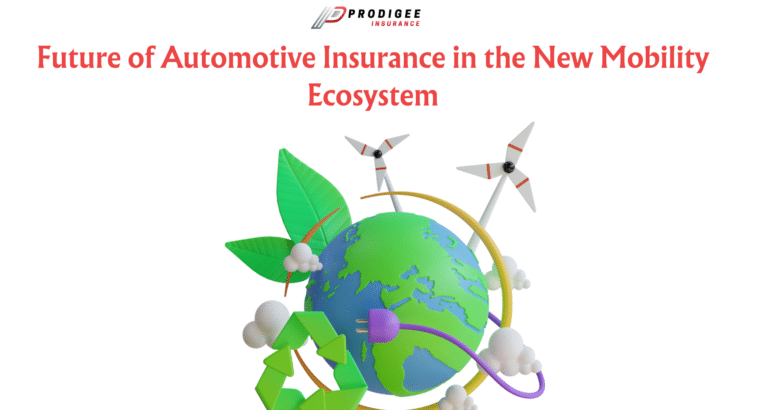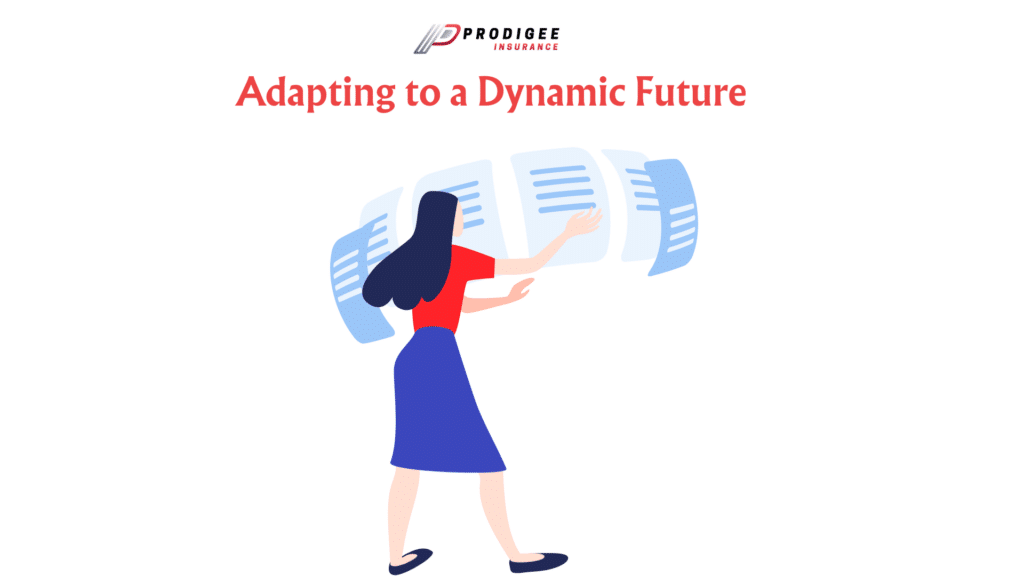
In the ever-evolving landscape of the automotive industry, the concept of mobility is undergoing a radical transformation. With the emergence of new technologies, changing consumer preferences, and a growing emphasis on sustainability, the traditional model of car ownership is giving way to a diverse and dynamic mobility ecosystem. In this article, we will explore the future of automotive insurance within this evolving landscape.

The New Mobility Ecosystem
The new mobility ecosystem encompasses a wide range of transportation options beyond traditional car ownership. It includes ridesharing, car-sharing, electric scooters, autonomous vehicles, and more. This shift in mobility patterns has significant implications for the automotive insurance industry.
Key Trends Shaping the Future of Automotive Insurance
1. Usage-Based Insurance (UBI)
One of the most significant trends is the adoption of usage-based insurance. With the rise of telematics and connected vehicles, insurers can now collect real-time data on driving behavior. This data allows for more personalized and risk-adjusted premiums, benefitting both insurers and policyholders.
2. Autonomous Vehicles
The advent of autonomous vehicles introduces a new set of insurance considerations. While accidents may become less frequent with self-driving cars, the complexity of liability and coverage in the event of an accident involving an autonomous vehicle is a subject of ongoing debate within the industry.
3. On-Demand Insurance
As mobility services become more on-demand and flexible, insurance offerings are likely to follow suit. Customers may purchase short-term policies that provide coverage only during the times when they are actively using a vehicle, whether it’s a traditional car or a shared ride.
4. Mobility-as-a-Service (MaaS)
MaaS platforms, which integrate various modes of transportation into a single service, are gaining popularity. Insurance companies may partner with MaaS providers to offer bundled insurance coverage that adapts to the user’s specific mobility needs.
5. Cybersecurity and Data Privacy
With the increasing connectivity of vehicles, cybersecurity and data privacy are paramount. Insurance companies will need to develop products that protect against cyber threats and reassure customers about the safety of their data.
Challenges and Opportunities
While these trends present exciting opportunities for innovation in the automotive insurance sector, they also come with challenges:
1. Pricing Accuracy
UBI relies heavily on accurate data collection and analysis. Insurers must invest in robust data analytics capabilities to ensure that pricing accurately reflects risk.
2. Regulatory Hurdles
The regulatory landscape for insurance is complex and varies from region to region. Insurers will need to navigate a patchwork of regulations as they adapt to the new mobility ecosystem.
3. Shifting Liability
Determining liability in accidents involving autonomous vehicles can be complicated. Insurance companies will need to work closely with manufacturers and regulators to establish clear guidelines.
4. Customer Trust
As insurance becomes more personalized and data-driven, maintaining customer trust regarding data privacy and the use of personal information will be crucial.

Conclusion: Adapting to a Dynamic Future
The future of automotive insurance in the new mobility ecosystem is a story of adaptation and innovation. Insurers that embrace technology, collaborate with mobility service providers, and prioritize customer needs are likely to thrive in this evolving landscape. As the mobility ecosystem continues to expand, the role of insurance will remain vital, ensuring that users have the confidence and security they need to fully embrace the future of mobility.

